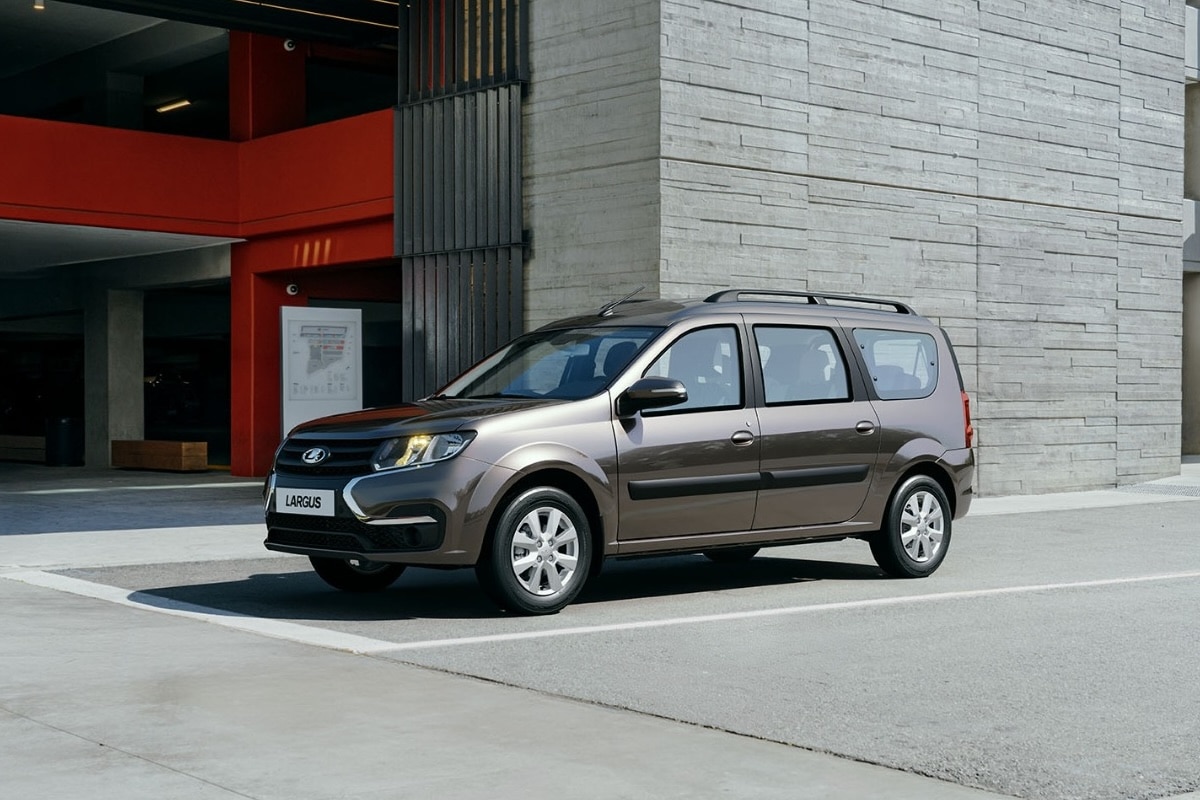Lada Largus, the double game of the Renault group in Russia?

Renault Group’s position in Russia is complex, balancing a subtle withdrawal and indirect influence. A ticking time bomb?
Since childhood, we are taught not to favor one side over the other. In this case, the situation is much more problematic because it involves a moment of war between two states, with Russia as the aggressor against Ukraine, and the Renault group. Let’s rewind the story.
In 2022, facing international sanctions and political pressures related to the war in Ukraine, Renault officially announced its withdrawal from the Russian market. This decision involved selling its majority stake in AvtoVAZ, the manufacturer of Lada vehicles (67.69% shares), as well as its factory in Moscow. However, despite this withdrawal, Renault’s influence remains visible, notably through models like the Lada Largus (nothing to do with the French car valuation magazine of the same name. In Latin, Largus means “abundant”, “generous”, “ample”), which is based on technological foundations developed by the French group… nearly 25 years ago.
A calculated exit: between rupture and open door
Renault transferred its Russian assets to local entities, notably NAMI (the Russian Automotive Research Institute), for a symbolic sum of one rouble. This operation was accompanied by a buyback agreement allowing the French manufacturer to regain its assets within 6 years if the situation evolves favorably.
This clause, perceived as a strategic preservation tactic, has drawn criticism, with some viewing it as a opportunistic “temporary withdrawal” rather than a definitive break.
Despite Renault’s official absence, AvtoVAZ continues to exploit the technological foundations left by the French group. The Lada Largus is a clear example. This model, a rebadged version of the former Dacia Logan MCV, is based on the B0 platform and uses Renault-origin engines. Before 2022, approximately 20% of the components in Lada models were imported, mainly from European suppliers linked to Renault.
To counter these restrictions, Russia has intensified its efforts toward industrial substitution. Today, over 75% of the parts used by AvtoVAZ are said to be sourced locally, reducing reliance on imports. This ensures the continuity of some models while limiting dependency on European actors.
An ethical and strategic issue
This situation highlights an ambiguity: Renault complies with current international sanctions but remains, indirectly, a player in the Russian market through the technological legacy left to AvtoVAZ and its capacity to regain control once the war ends. Before its withdrawal, Renault accounted for nearly 30% of the Russian automotive market, making Russia a strategic market for the group.
While the French manufacturer publicly expressed disapproval of Russian actions, its potential buyback agreement raises questions about its long-term intentions. The future of this relationship will depend on geopolitical developments and economic pressures. Renault, while distancing itself, seems to maintain a foothold in a key market, avoiding a complete severance of ties with an industry where it remains a key player. It is safe to say that choosing between a goat and a cabbage is difficult.
ALSO READ: Crit’Air 3 sticker, the new fuel of the Yellow Vests?
This page is translated from the original post "Lada Largus, le double jeu du groupe Renault en Russie ?" in French.
We also suggestthese articles:
Also read





